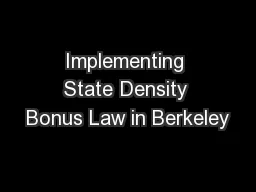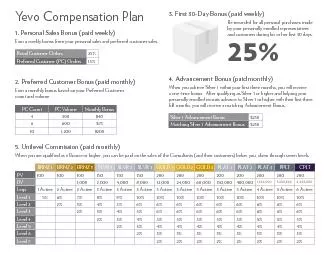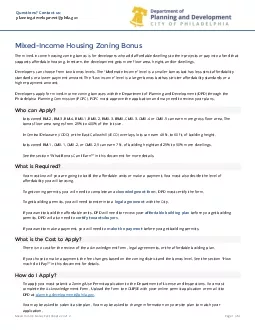PPT-Implementing State Density Bonus Law in Berkeley
Author : mitsue-stanley | Published Date : 2016-03-06
November 13 2014 City of Berkeley Planning amp Development Department State Density Bonus Law Adopted in 1979 amended several times since Main purpose is to promote
Presentation Embed Code
Download Presentation
Download Presentation The PPT/PDF document "Implementing State Density Bonus Law in ..." is the property of its rightful owner. Permission is granted to download and print the materials on this website for personal, non-commercial use only, and to display it on your personal computer provided you do not modify the materials and that you retain all copyright notices contained in the materials. By downloading content from our website, you accept the terms of this agreement.
Implementing State Density Bonus Law in Berkeley: Transcript
Download Rules Of Document
"Implementing State Density Bonus Law in Berkeley"The content belongs to its owner. You may download and print it for personal use, without modification, and keep all copyright notices. By downloading, you agree to these terms.
Related Documents














